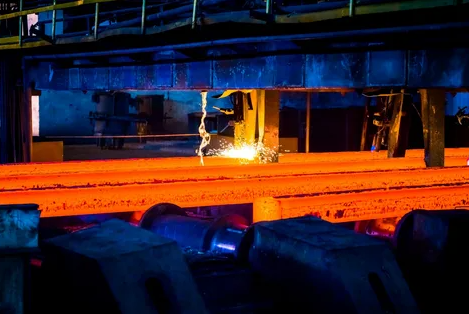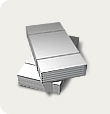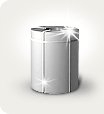We wrote about the increase in tariff quotas for the export of ferrous scrap in 2025 here. Why were quotas introduced and are they necessary in the current situation?
Export quotas for scrap have been in effect since 2022. They are introduced for several reasons:
An increase in the share of electric steel in total smelting from 16% in 2005 to 39% in 2021.
A decrease in the share of recycled scrap in Russia due to an increase in the share of continuous steel casting from 54% in 2005 to 83% in 2021.
Seasonality of scrap collection due to climatic conditions (with high demand for steel in the 1st quarter of the year, there is a shortage of scrap)
Uneven distribution of scrap consumption and its harvesting across the country. As a result, metallurgical enterprises found themselves in unequal conditions: in the coastal regions scrap was more expensive because there was an export alternative, in the Urals the reasons for the shortage of scrap were the high concentration of metallurgical production and the constantly extended ban on scrap exports from Kazakhstan.
In Q1 2025, domestic demand for scrap from metallurgists decreased by 45% compared to the levels of Q1 2021, and prices decreased by 35% in June 2025 compared to the levels of November 2023. Taking this into account, as well as the current export restrictions, scrap collection may decrease to critical values in the near future. Then, with renewed demand in the domestic market, metallurgists may find themselves in a situation of shortage of ferrous scrap. On the other hand, with the complete abolition of export quotas, the scenario of 2021 may repeat, when there was a simultaneous increase in domestic and global demand for scrap. In these circumstances, we believe that when regulating restrictions on the export of ferrous scrap, it is necessary to take into account the climatic and regional factors of our country, as well as act in close cooperation with the industry community.






